Pipeline FAQs
-
Natural gas and crude oil pipelines are the safest, most environmentally friendly, and reliable method of transporting the energy we use every day. Alternative ways of transporting energy include in trucks or on trains. The Borger Express will be regulated by both state and federal agencies to ensure compliance during design, construction, and operations.
-
Yes, in addition to the 2.6 million miles of current oil and gas pipelines, the development of new pipeline infrastructure greatly enhances our nation’s energy independence by safely delivering billions of cubic feet of natural gas and millions of barrels of liquid petroleum products each day.
-
A pipeline right-of-way (ROW) is the strip of land over a pipeline. A ROW agreement between a pipeline company and property owner is called an easement. Easements provide pipeline companies with permanent, limited interest to the land to enable them to operate, test, inspect, maintain and protect their pipelines. The Borger Express permanent ROW will typically be 30 feet, approximately 15 feet on each side of the center of the pipeline.
-
Pipeline companies use markers to indicate the approximate location of underground pipelines and to help serve as a public awareness and damage prevention measure to safeguard the pipeline and the surrounding community. The markers are placed where pipelines intersect streets, railroads, rivers and heavily congested areas. Never rely solely on the presence or absence of pipeline markers. Always call 811 or your state’s One Call notification service before digging.
-
Pipeline right-of-way (ROW) must be kept free from obstructions. If a pipeline crosses your property, do not plant trees or shrubs on the ROW. Also, do not dig, store or place anything on or near the ROW without first having pipeline company personnel mark the pipeline, stake the ROW, and explain the company’s policy. Always call 811 before you dig near a pipeline ROW.
-
Our pipelines are monitored 24 hours a day, 7 days a week, 365 days per year. We perform frequent pipeline maintenance, conducting foot and vehicle patrols regularly to ensure the pipeline is operating as designed. We also conduct aerial patrols several times a month to ensure the integrity of our pipelines and ROW. A state-of-the-art leak detection system is constantly monitored by qualified operators to ensure safe and reliable transportation of the crude at various points along the system.
-
The Borger Express pipeline will exceed federal and state regulations and will be installed a minimum of 48 inches below the ground’s surface.
-
The line pipe will exceed all federal and state requirements and be inspected from initial forming all the way to installation. It also has an external coating that protects the steel from corrosion, as well as a cathodic protection system to further mitigate any potential external pipeline deterioration. Additionally, we install strategically placed mainline valves, or MLVs, that further allow the company to operate the pipeline safely and reliably. Once installed and before operation, we conduct a hydrostatic test on the pipeline, which ensures the safety, reliability and integrity of the line pipe and construction. Once the pipeline is commissioned, we periodically inspect the inside of the pipeline using an in-line inspection tool or “smart pig” that enables us to validate the integrity of the pipeline.
-
Pipeline safety is our number one priority. Not only are we mandated by federal and state regulators to have emergency response plans and procedures in place, we go above and beyond what is required to ensure that we and our local emergency response partners are prepared. Local emergency responders such as fire departments, sheriff’s offices and EMS are an integral part of our safety team and we work with them closely in the event of an emergency.
